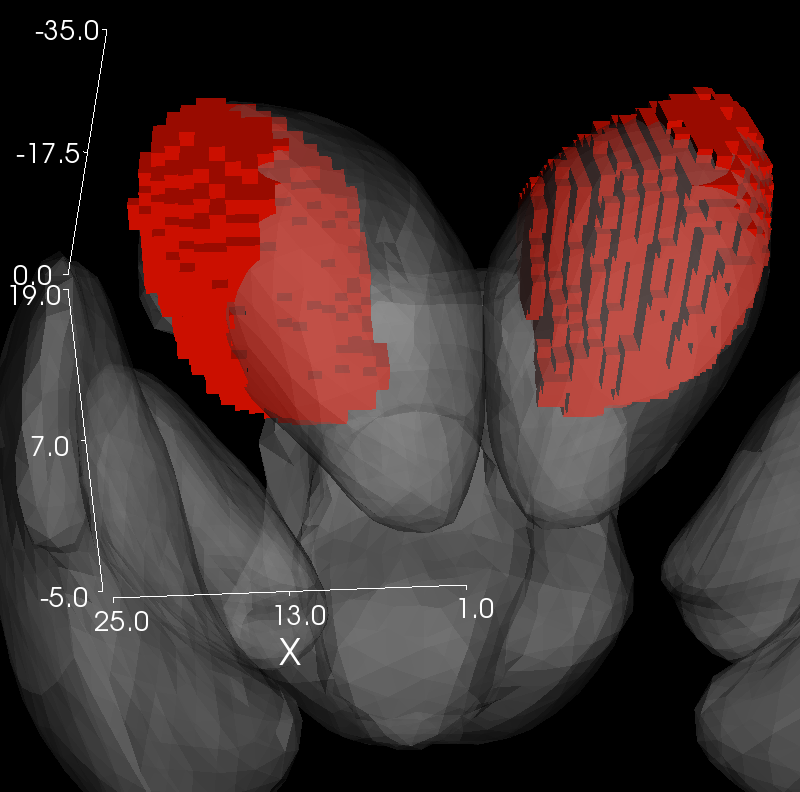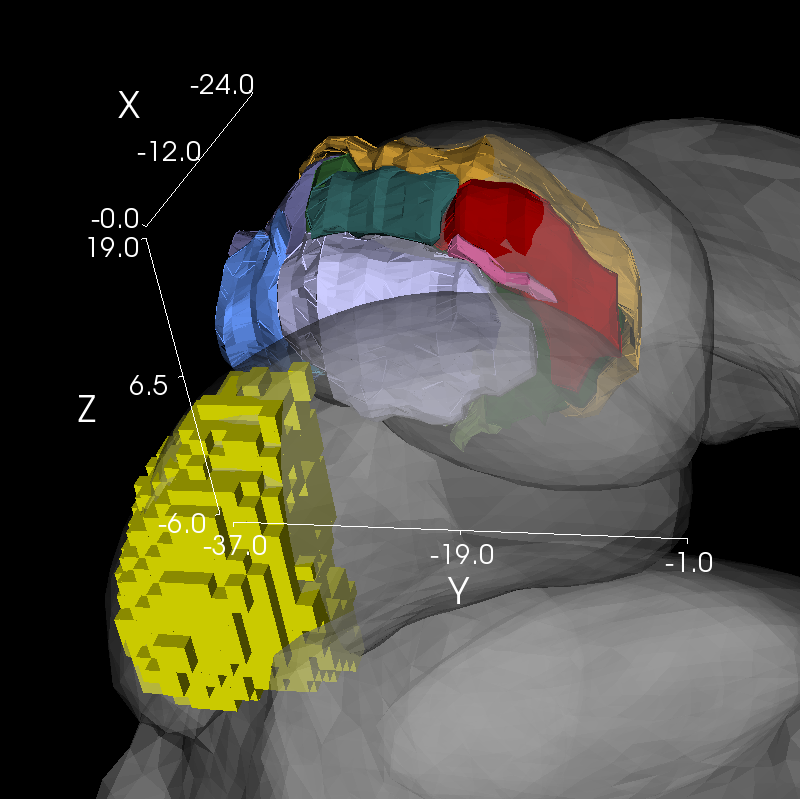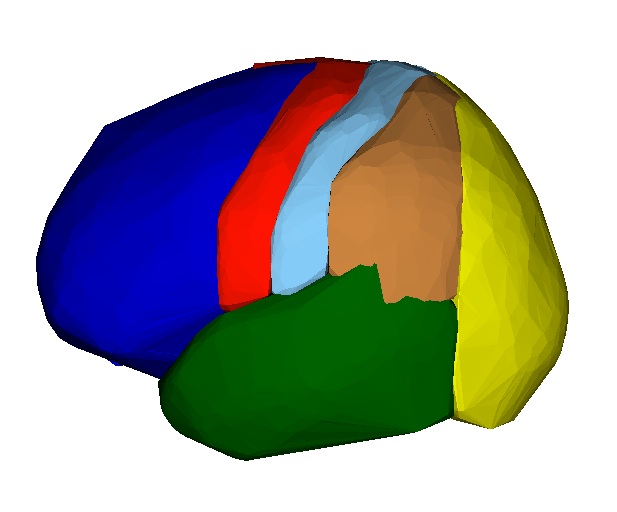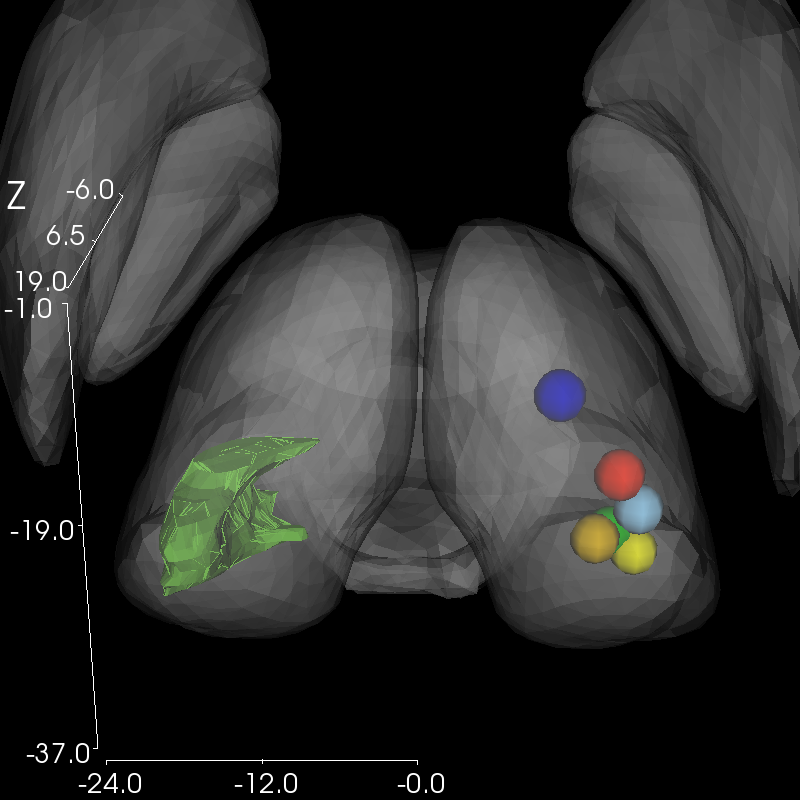

Philip Broser, Faraneh Vargha-Khadem and Chris A. Clark
Robust subdivision of the thalamus in children based on probability distribution functions calculated from probabilistic tractography
NeuroImage, 2011, DOI: 10.1016/j.neuroimage.2011.04.054
Abstract
Virtually all information that enters the cortex must first pass through the thalamus. This prominent role has made the human thalamus a target for detailed imaging studies. It has previously been shown that probabilistic tractography together with cortical parcellation allowed subdivision of the thalamus into its constituent substructures. A new method is presented that allows the subdivision of the thalamus according to its cortical projection targets based on the assumption that any cortical region receives input from the thalamus and calculates the probability of connectivity distribution functions based on probabilistic tractography. The feasibility of the method was tested in a data set of 43 healthy children aged between 8 and 13 years. A thalamic parcellation pattern similar to that previously found in adults and children below the age of 2 years was obtained. However, no evidence for an age related change in cortical parcellation volumes were found in line with previously reported studies of thalamic volumes during development. Lower standard deviations were found for the two smallest projections, the sensory and occipital projection using the new method. Furthermore it was found, through comparison with a published thalamic atlas, that the method allowed the localization of the center of the different thalamic projection areas within an accuracy of 2 mm.
Fig 1: Cortical masks used for the parcellation

Fig 2: Localisation of Thalamic substructures


Fig 3: Center of Mass Analysis (Colors of the spheres corres. to colors of mask)


